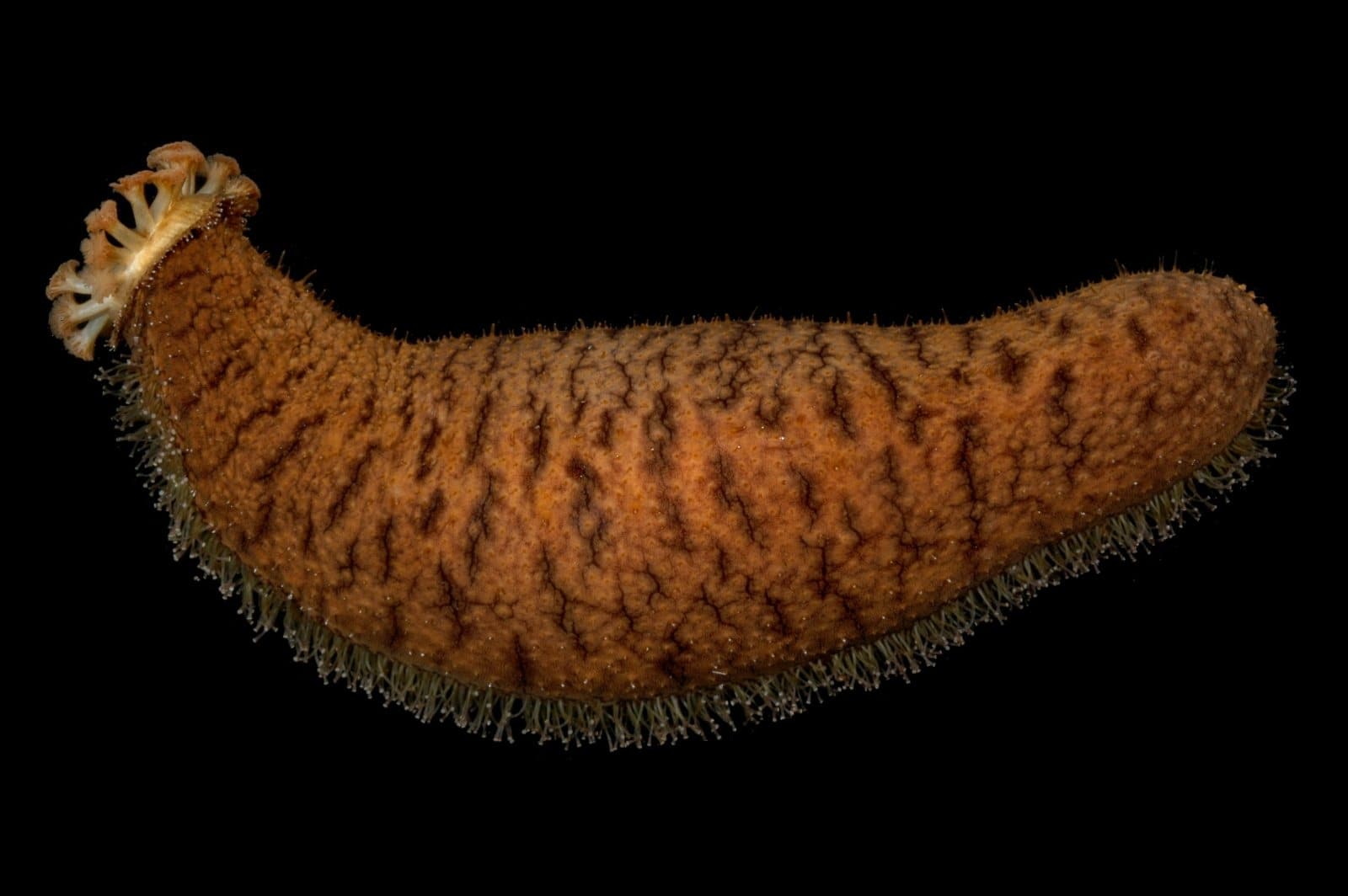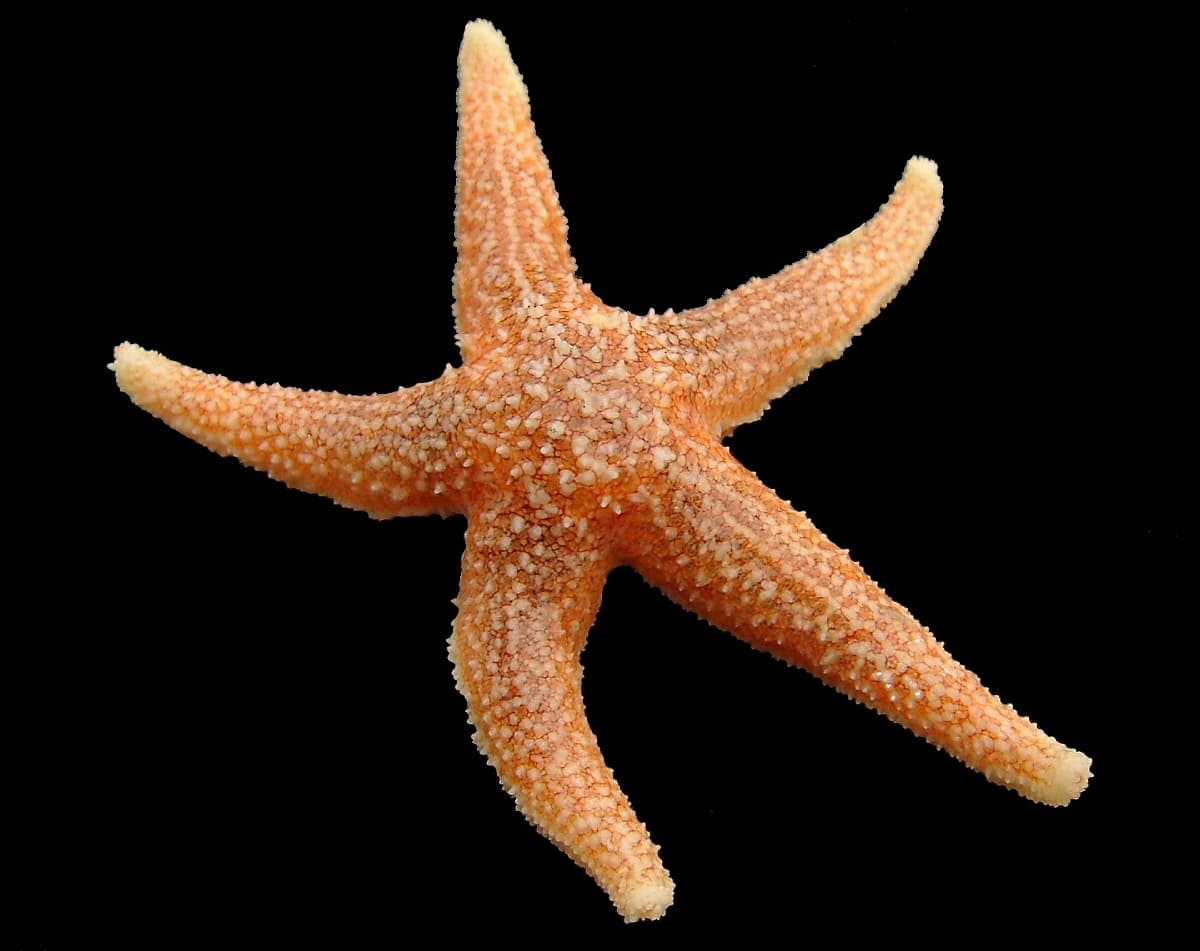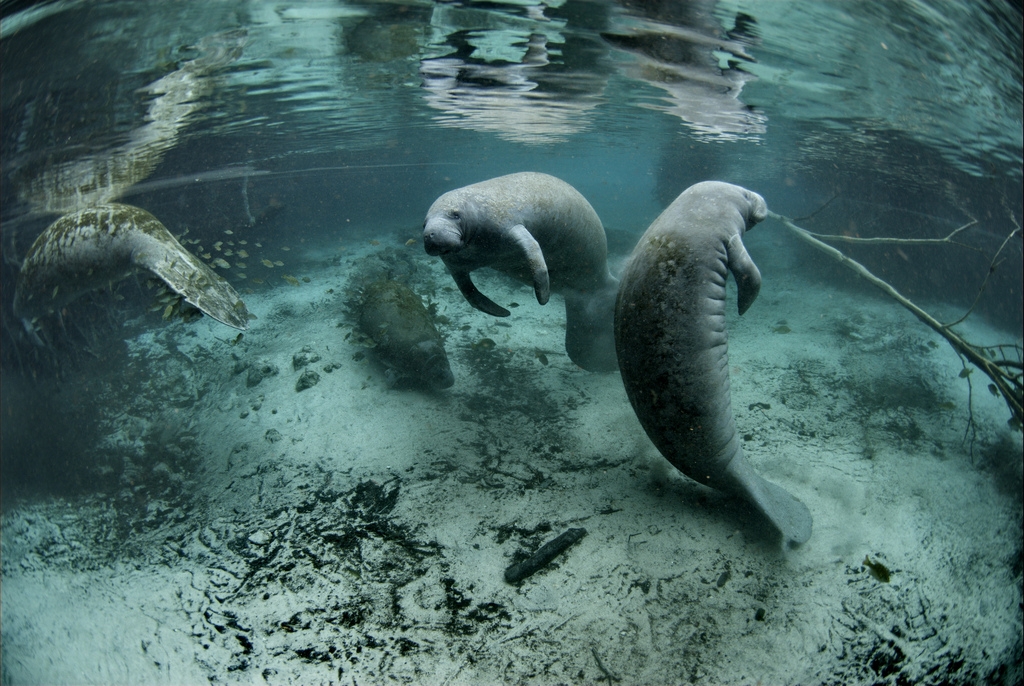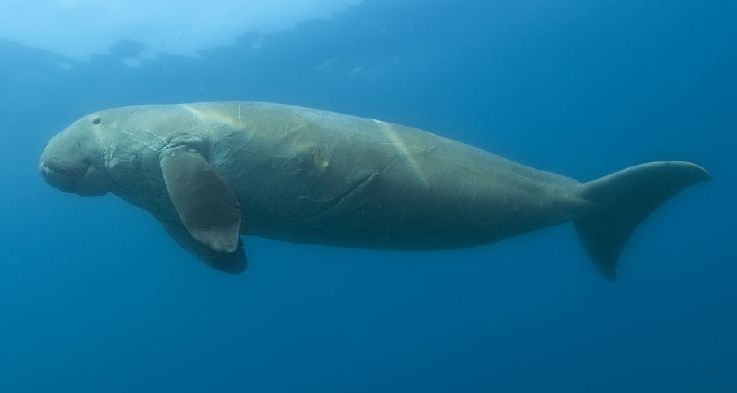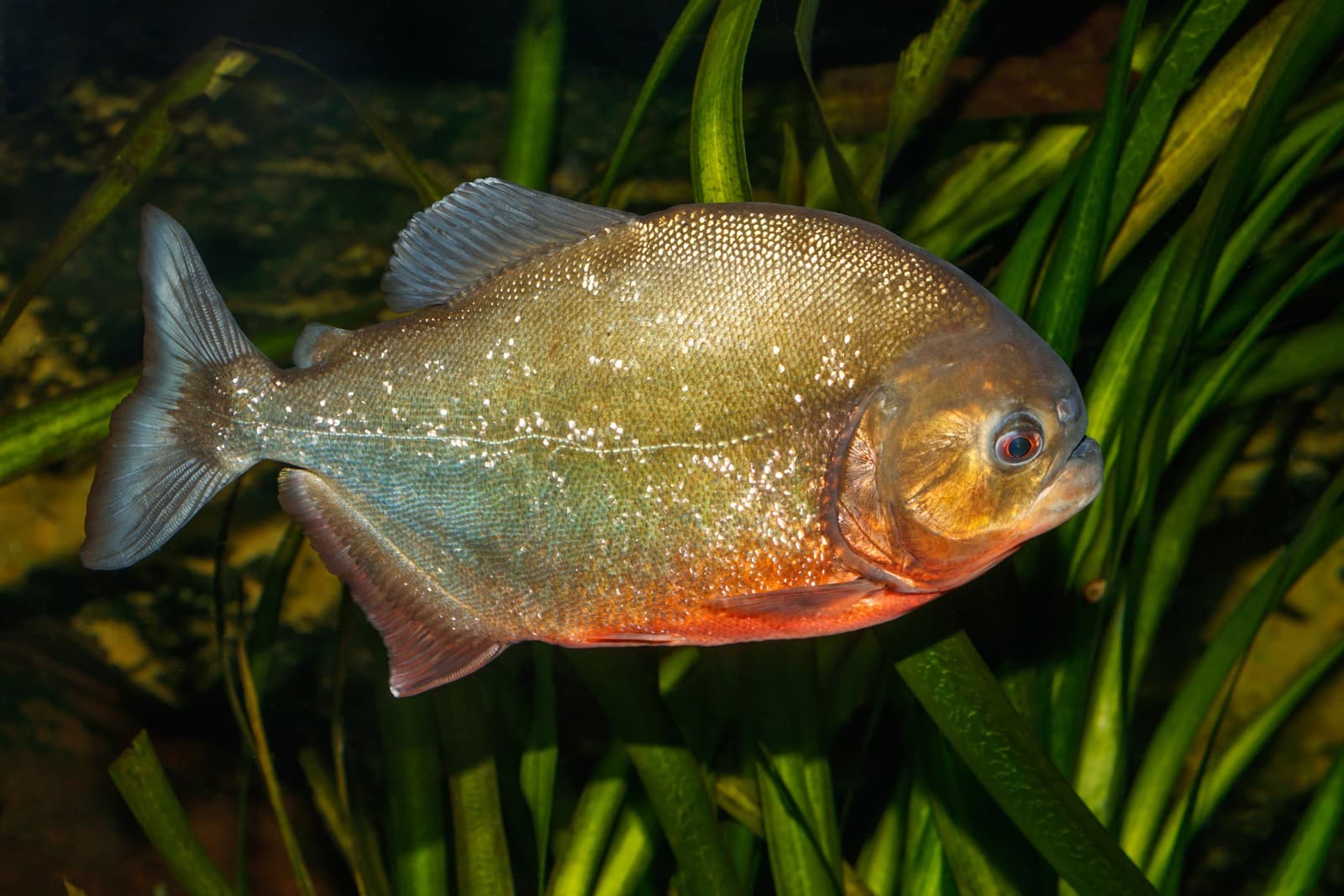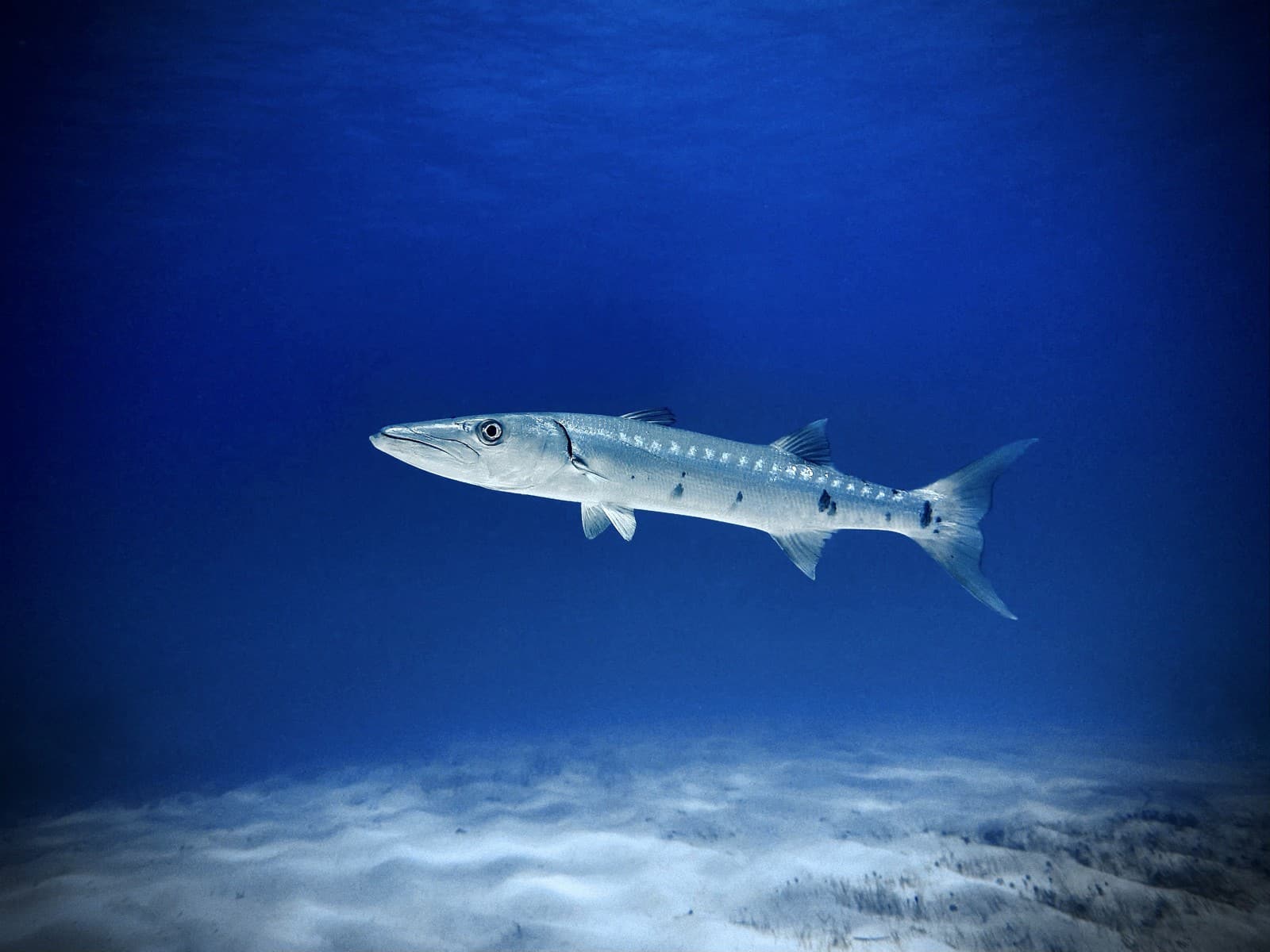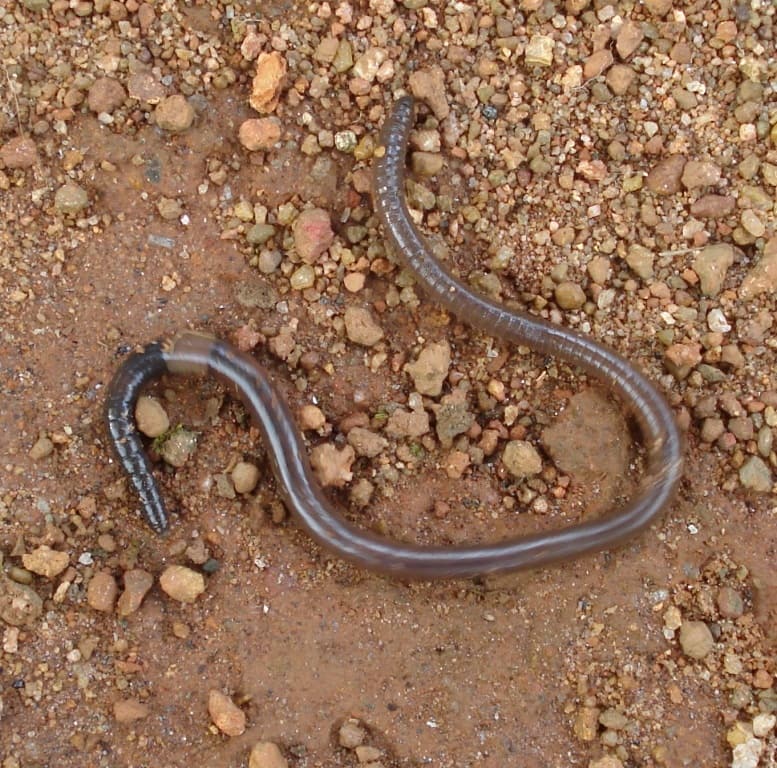Starfish vs Brittle Star: A Complete Comparison
While Starfish and Brittle Stars might appear similar at first glance, these fascinating marine creatures exhibit remarkable differences in their anatomy and behavior. Starfish, also known as sea stars, possess robust arms filled with hydraulic tube feet, while Brittle Stars feature long, serpentine arms that move like snakes. The average Starfish measures 5-9 inches (12-23 cm) across, compared to Brittle Stars which typically span 4-6 inches (10-15 cm).
These echinoderms diverged millions of years ago, developing distinct hunting strategies and defensive mechanisms. Understanding their unique characteristics helps explain their different roles in marine ecosystems and their varying approaches to survival in the ocean’s diverse habitats.
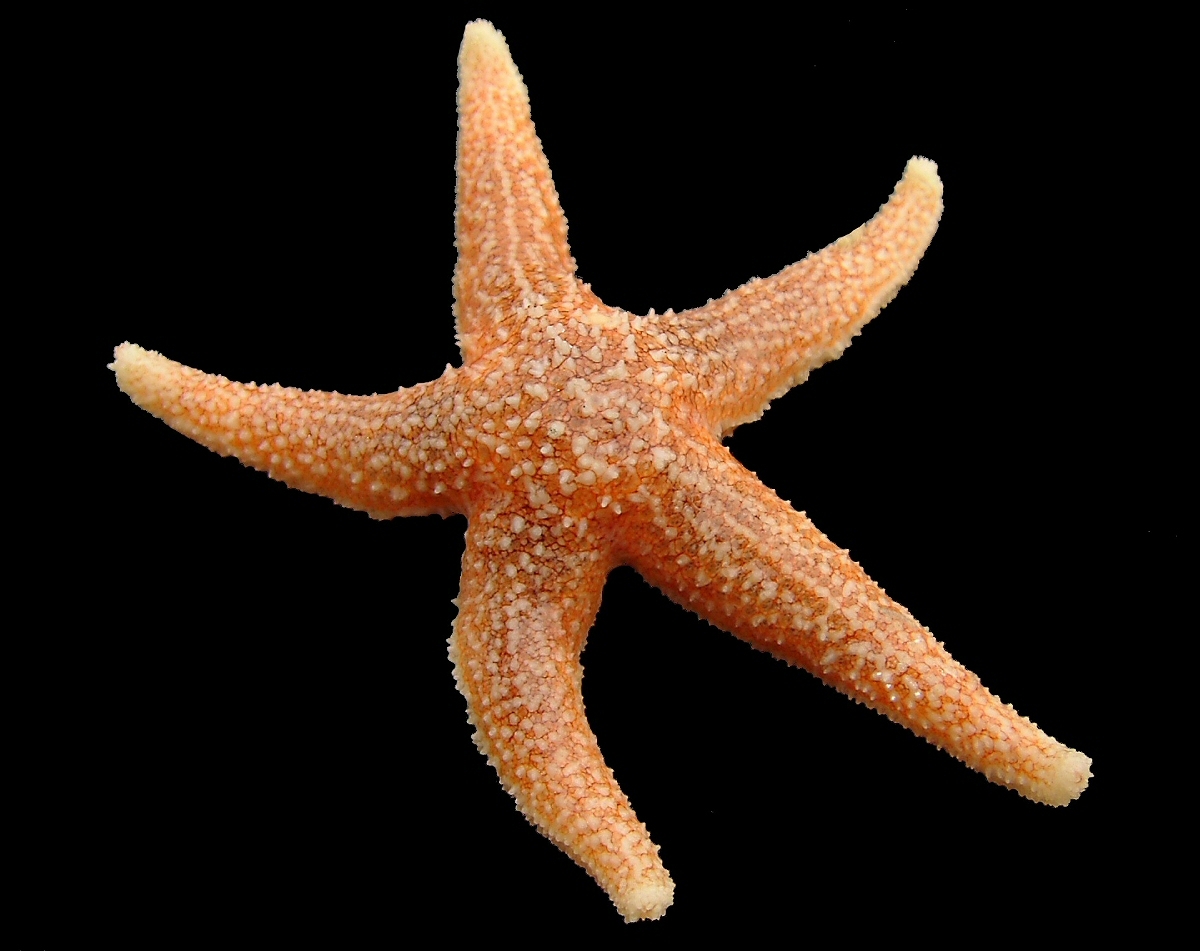
© Hans Hillewaert / CC BY-SA 4.0
The Common Starfish (Asterias rubens) demonstrates the classic pentaradial body plan typical of sea stars, with its sturdy arms and distinctive surface texture composed of calcium carbonate plates.
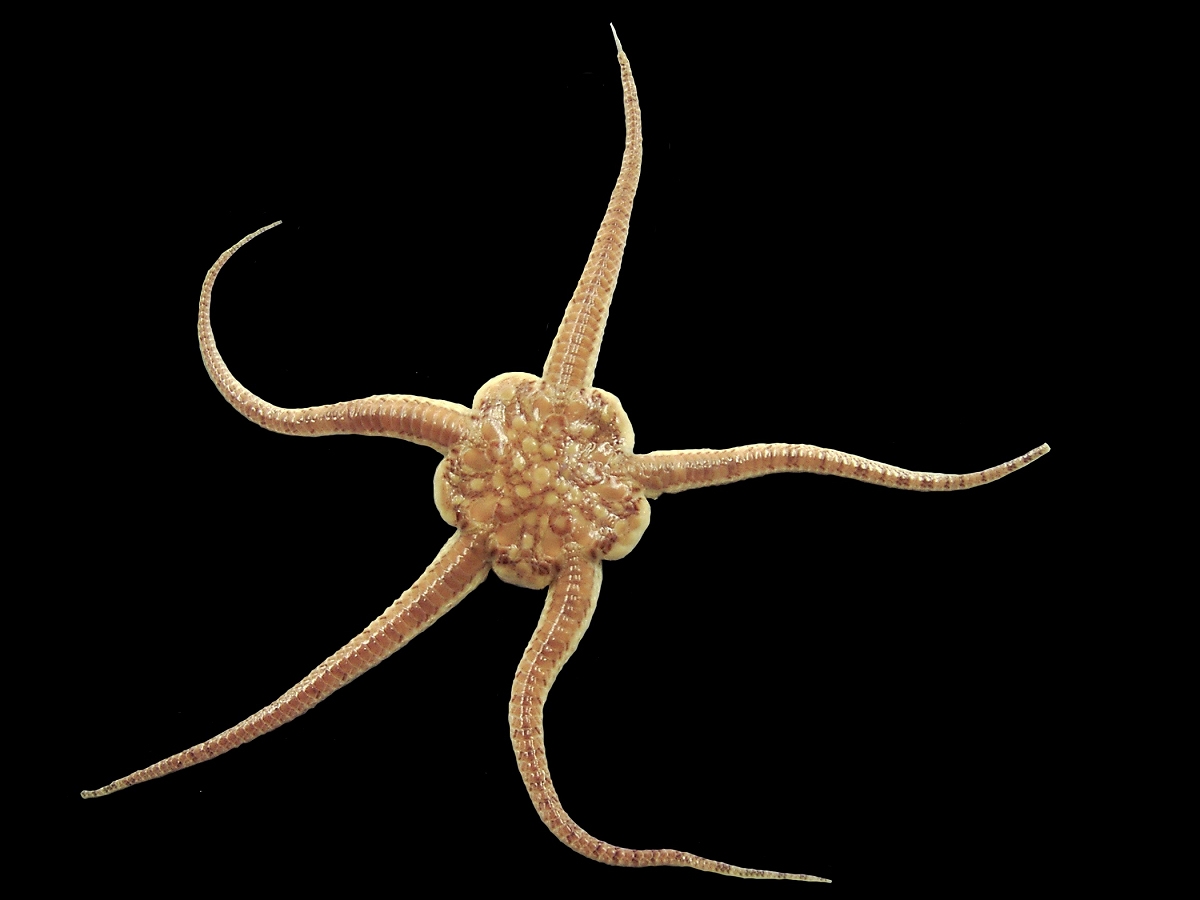
© Hans Hillewaert / CC BY-SA 4.0
The Brittle Star exhibits its characteristic thin, flexible arms and small central disc, showcasing the agile design that allows for quick movement across the ocean floor.
| Feature | Starfish | Brittle Star |
|---|---|---|
| Movement Method | Tube feet for slow, deliberate crawling | Snake-like arm movements for rapid locomotion |
| Arm Structure | Thick, rigid arms filled with internal organs | Thin, flexible arms with central nerve cord |
| Size | 5-9 inches (12-23 cm) diameter | 4-6 inches (10-15 cm) diameter |
| Feeding Style | Stomach eversion to digest prey externally | Arms gather food particles to central mouth |
| Regeneration Speed | 6-12 months to regrow arms | 3-4 months to regrow arms |
| Habitat Preference | Rocky shores and coral reefs | Deep water and hidden crevices |
Movement and Locomotion
Starfish rely on hundreds of tube feet underneath their arms, creating a slow but powerful movement system capable of gripping surfaces firmly. In contrast, Brittle Stars use their serpentine arms to quickly propel themselves across the seafloor, reaching speeds up to 6.6 feet (2 meters) per minute when threatened.
Feeding Habits and Prey
Starfish are primarily predators, capable of forcing open mollusk shells and everting their stomachs to digest prey externally. Brittle Stars typically act as detritivores and filter feeders, using their arms to catch floating organic particles and small prey items, though some species actively hunt small crustaceans.
Regenerative Abilities
Both species can regenerate lost limbs, but Brittle Stars demonstrate significantly faster regeneration. While Starfish require 6-12 months to fully regrow an arm, Brittle Stars can complete regeneration in just 3-4 months. This rapid healing ability helps them survive frequent predator encounters.
Habitat and Distribution
Starfish commonly inhabit rocky shorelines and coral reefs, preferring areas with abundant prey like mussels and oysters. Brittle Stars tend to occupy deeper waters, often hiding in crevices or under rocks, with some species found at depths exceeding 6,500 feet (2,000 meters).
Defense Mechanisms
When threatened, Starfish rely on their tough, spiny exterior and ability to cling tightly to surfaces. Brittle Stars employ a different strategy, capable of detaching arms to escape predators - a process called autotomy - and can quickly regenerate these lost appendages. Some species also produce bioluminescent displays to confuse predators.
Who Would Win in an Encounter?
In a direct confrontation, Starfish typically dominate due to their larger size and stronger arms. However, Brittle Stars’ superior speed and agility usually allow them to avoid such encounters altogether. These different survival strategies reflect their distinct evolutionary paths and ecological niches.
Conservation Status
Both species face threats from ocean acidification and habitat destruction. While neither group currently appears on endangered species lists, local populations can be severely impacted by pollution and climate change, particularly in coral reef ecosystems where both animals play crucial roles in maintaining ecological balance.
